As we get closer to the Energy Breakthrough our RACV technical representatives receive an increasing number of queries around the rules. To steer teams in the right direction in the lead up the event we have clarified a few of the rules below. Please read these to ensure that you are compliant.
There have also been changes to the battery charging rules for Energy Efficient Vehicles since we produced the handbook at the start of the year. These changes were communicated directly with team managers and are also listed below.
Steering movement and turning circles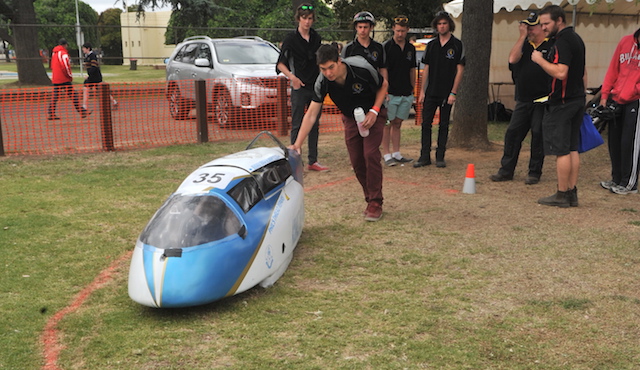
The extension of the RACV track has brought some new challenges for teams, not the least of which is a proper right hand turn! As per last year we will be testing the steering of all vehicles in both directions so it is important that your vehicle is compliant with the 10m turning circle rule. We have improved our testing since last year and compliant teams should be able to navigate the scrutineering course with ease.
Overhead Protection
A new rule for 2015 is the inclusion of an overhead protection requirement for all vehicles. This is to improve the protection for the rider if the vehicle has rolled and is on its side.
Fully enclosed hard shell vehicles with a rigid roof meet this requirement however open and soft top vehicles must have at least one bar connecting the main (head) roll bar and the forward (knee) bar. This bar must meet the same requirements as the roll bar (at least 12.7mm for steel or 16.0mm for aluminium) and have at least 50mm clearance to the rider’s head.
Fully enclosed hard shell vehicles
We have received some enquiries about the definition of a fully enclosed hard shell vehicle. A fully enclosed vehicle is one where all of the materials around the rider offer sufficient protection in a roll over scenario and that no part of the rider can come outside of the vehicle. A fully enclosed body made from composite materials with a rigid roof meets these requirements.
As the classification of your vehicle as a fully enclosed hard shell has implications for roll bar clearance please contact the RACV technical contacts listed in the handbook if you have any queries.
Cameras
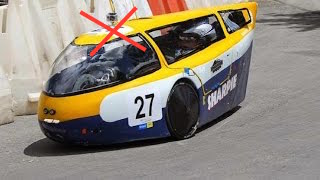
- the camera is securely attached to the vehicle and has a secondary tether (a cable tie is acceptable)
- the camera must not protrude from the outside of the vehicle (including the top of the roll bar)
- the camera must not be attached to the riders helmet or interfere with the rider in any way
Hand Clearances
Hand clearances have been an issue in the past. Teams must ensure that there is a minimum of 100mm of clearance between the rider’s hands and any rotating components throughout all steering movement. If this clearance cannot be achieved then an effective shield must protect the rider’s hands.
There must also be at least 50mm clearance between the hand controls (including brake levers) and the frame or solid bodywork through all steering movements. This is so that the rider’s hands don’t get crushed in an incident.
Wheel covers/spoke guards are not mandatory but are recommended as they improve safety.
Weight Limit
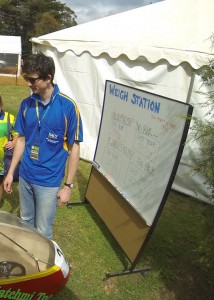 Weight is a critical factor in the performance of your vehicle. Lower weight vehicles have two major advantages:
Weight is a critical factor in the performance of your vehicle. Lower weight vehicles have two major advantages:
- improved safety for all participants in the event including competitors, marshalls and spectators;
- improved vehicle efficiency – ‘light weighting’ is a key focus of the automotive industry to reduce the energy consumption of vehicles.
With this in mind we introduced more strict weight limits in this years event and the vehicle weight will contribute to the Design and Construction score. We do understand that these limits may be difficult for some teams to achieve, particularly as we do not want to see vehicle safety compromised in an attempt to reduce weight. As a result of this we have decided that vehicles that are above the weight limit (within reason) will not be prevented from competing at this years event.
Depending on the results from this years event we will revise the weight limits for next year – all teams should be considering ways to safely reduce their vehicle weight.
Battery Charging
Another change that was introduced this year was a new limit on battery charging. The intention of this was to ensure safety in battery charging as well as more equality between teams that are competing on electricity. The limit currently specified in the handbook is 300W.
It has been raised that this limit may result in many teams requiring new battery chargers which is something that we wish to minimise.
The revised limit is 600W or 25A whichever is less.
As a guide:
- 12V – 25A
- 24V – 25A
- 36V – 16.7A
- 48V – 12.5A
Teams are also reminded that Hybrid vehicles may only charge one battery pack at a time and Electric-only vehicles may charge two. A battery pack is defined as the usual amount of batteries required to run the vehicle. Teams are able to use more than one battery charger in order to safely charge their batteries, however only one power point will be provided and the total combined peak output must not exceed the above limits.
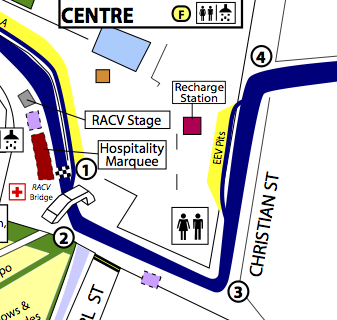 EEV Pit Lane
EEV Pit Lane
The new pit lane for EEV’s on the RACV track is on Christian Street. This pit lane is viewed by the organising committee as a transitional arrangement and we are working towards a better solution in following years. The pit lane is primarily a hard surface and teams will not be able to use pegs to secure their tents. Where possible teams are encouraged to bring weights to tie down their tents.

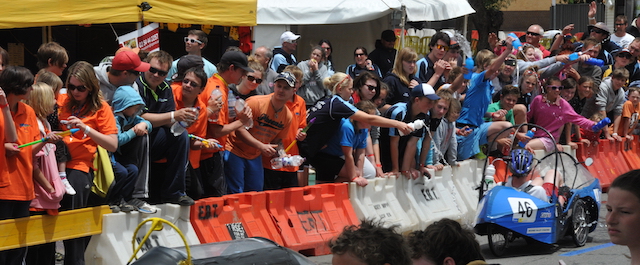
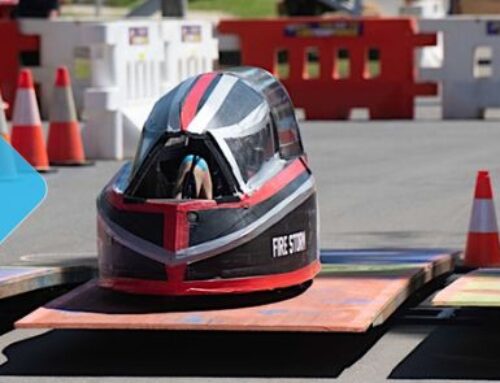
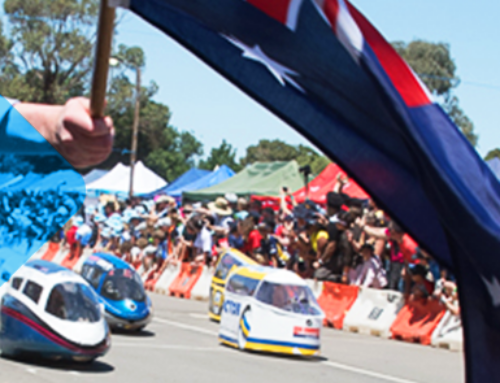
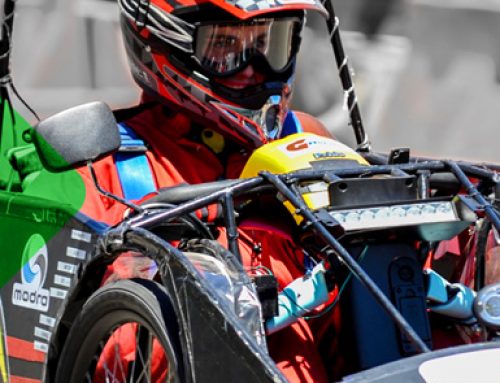


Please clarify which is “Up the track and what is “Down the Track”?
I think you will find that looking into oncoming traffic will be looking “Up the Track” while looking where vehicles have gone is looking “Down the track”?
Please also advise of changed corner situations as the map shows more corners and changed numbers. For instance Corner 9 (NE Corner of Swimming Pool) has been manned by Freemasons Victoria for twenty Five years and has now become 11 or something.
Thanks Ken,
We have rectified the wording to now say “Facing oncoming vehicles” as this has caused confusion for some.
In regards to the corner statement, I’m not sure I follow?
Regards
Lachy
Hi there, knowing the weather will be extremely hot, do you have a heat policy in regards to competing? If so what’s the details and is there contingency?
Cheers